
The Secret Mission of Sulayman Khan
 The terrible news that the Bab was to be executed in Tabriz had reached Bahá’u’lláh in Tehran. He knew just the man for a daring mission to rescue the Bab: Sulayman Khan. Courageous and strong and himself a leading native of Tabriz, if anyone could rescue the Bab, it would be Sulayman Khan. Doors would open to him that would not open to others. The mission had to be carried out in absolute secret and quickly.
The terrible news that the Bab was to be executed in Tabriz had reached Bahá’u’lláh in Tehran. He knew just the man for a daring mission to rescue the Bab: Sulayman Khan. Courageous and strong and himself a leading native of Tabriz, if anyone could rescue the Bab, it would be Sulayman Khan. Doors would open to him that would not open to others. The mission had to be carried out in absolute secret and quickly.
It was 630 miles to Tabriz and the road there traversed deserts, wilderness and fields before climbing steadily over a mountain pass and then on into the hills in which Tabriz is found. The ride, by horse, must have been desperate and at speed. Sulayman Khan arrived in the city two days after the execution of the Bab. We can well imagine his anguish on receiving the news. He was too late. Whatever thoughts of failure he may have had, he did not allow them to paralyse him.
He knew what he had to do. The Bab’s remains, together with that of his companion Anis, were still lying at the edge of the moat outside the city, guarded by rotating shifts of soldiers. Sulayman Khan was determined to retrieve them.
His first plan was to simply try to retrieve them himself, a plan that would likely have ended in his death. A friend of Sulayman Khan, the Kalantar, a tribal chief of Tabriz and a member of a Sufi order, counselled him to wait. The next day some men arrived who could help him. Their leader was large and fearsome. That night they went to the moat. When they saw the determined group, the soldiers knew they were outmatched and let them take the remains. Later the soldiers made up a story that the remains had been taken by wild beasts, so as not to be punished for their default in duty.
Sulayman Khan wrapped the sacred remains in a cloak. They took them to a follower of the Bab who owned a silk factory, where the remains were wrapped in silk and placed in a casket. Sulayman Khan placed a flower on in the casket and the casket was sealed. It was then hidden in a wall in the factory and Sulayman Khan sent a rider to Bahá’u’lláh.
Bahá’u’lláh sent instructions that the remains were to be carried to Tehran. It was a journey attended with danger – including the potential discovery and destruction of the remains. The casket was wrapped in bales of cotton and Sulayman Khan set out with a companion for Tehran posing as importers of goods. At the instructions of Bahá’u’lláh the remains were hidden in an abandoned shrine on the outskirts of Tehran. There they remained hidden and safe for the next 17 years.
* * *
Sources: The story of what happened to the remains of the Bab, which begins with the mission of Sulayman Khan is beautifully told in Michael V. Day’s new book Journey to a Mountain. Below is a link to a blog interview on Michael Day’s book and a radio interview where Michael talks about his new book.
http://bahaiblog.net/site/2017/07/journey-mountain-new-book-telling-story-shrine-bab/
http://www.radionz.co.nz/national/programmes/nights/audio/201850579/michael-day-baha-i-faith
See also chapter XXIII of The Dawn-Breakers.
Image Credits: The gates of Tabriz in about 1841. By Eugène Flandin – Voyage en Perse, avec Flandin, éd. Gide et Baudry, 1851, Public Domain,
(This article is the 100th in a series of what I hope will be 200 articles in 200 days for the 200th anniversary of the birth of Bahá’u’lláh. The anniversary is being celebrated around the world on 21 and 22 October 2017, The articles are simply my personal reflections on Bahá’u’lláh’s life and work. Any errors or inadequacies in these articles are solely my responsibility.)

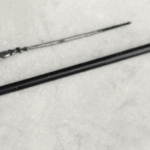
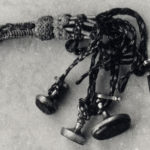
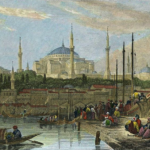

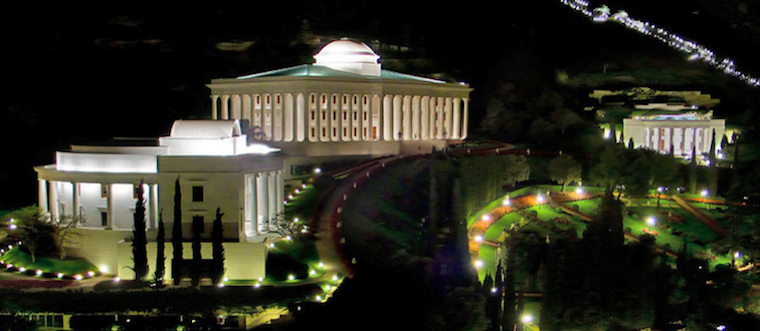
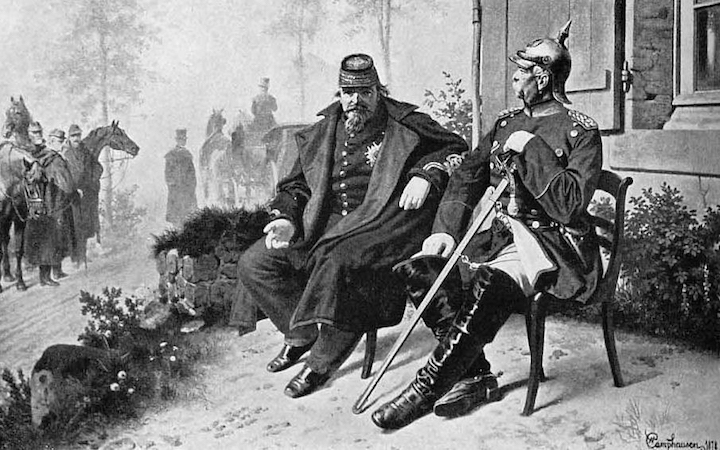
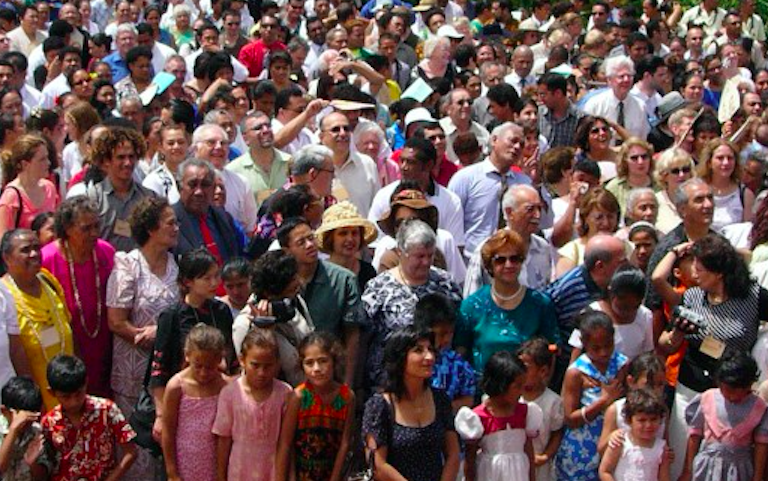
2 Comments
Michael Curtotti
Thanks Karen, I’ll check it out and update.
Karen
Hi—thank you for this wonderful write-up. I’m using a little of your material for a skit I’m preparing for the Martyrdom of the Bab in 2021. Just wanted to correct one thing—distance Tehran to Tabriz looks like it is 630 kilometers rather than 630 miles, although this doesn’t detract from his heroic effort to reach the Bab!